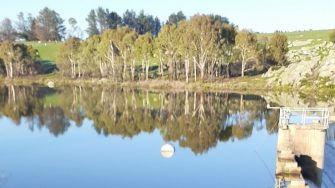Are constructed wetland guidelines effective in limiting harmful blooms?
Wetlands and constructed lakes are often seen as the 'fix all' for water quality. Indeed, they are often constructed to offset water quality impacts from new developments. The overarching aim is to reduce nutrient impacts and stop harmful algal blooms. But are they designed effectively?

